“I just got mad about it,” he says. “I thought, ‘Canada’s the most affluent country in the world, Vancouver’s one of the nicest places in the country to live. The fact that some poor woman who is homeless is forced to try to keep herself warm with a candle is disgusting.’”
The 46-year-old resident of Nanaimo, British Columbia, made a few doodles on a napkin in the bar that night—doodles that eventually led to the design for two tiny homes that will go on the market in mid-June: the Cappuccino and the Pure.
Thinking cubically—as Stuart prefers to do—the Cappuccino measures 1,728 feet cubic feet (12x12x12 feet), and the Pure 1,200 cubic feet (10x10x12 feet).
Making use of a unique movable floor system, the units come with two floors of living space beneath a 12-foot-high roof.
“The best way to describe it is we’ve got four fixed points inside it,” says Stuart.
“Instead of having a Murphy bed which keeps moving, a kitchen that has to be folded or put away or a bathroom that moves or the office area that moves, all four points are fixed, they don’t move. What moves is the floor in between, which is what gives you the ability to cram so much into such a small space.”
But Stuart, the founder of Nanaimo-based Twelve Cubed Homes, says he first needed to prove that living in such a small space was possible, so he moved into a 12 x 12-foot pilot home in order to do a six-month test.
“I went from 3,500 square feet to 1,900 cubic feet, so it was quite an experience when Canadian winter is not exactly the most salubrious part of the year. But we had to prove it could be done. It took a little bit of an adjustment to go from a regular-sized space to a smaller one, but now the weather’s nice and it’s very pleasant.”
“We were trying for five grand, but I don’t think we’re going to hit it,” he says, adding that he will donate the money to the Salvation Army.
A self-described dabbler who did a stint in the British army, Stuart says his cubed designs—which are the smallest complete homes on the market that meet building codes—have been attracting wide attention.
“We’ve had provincial, federal, and municipal governments looking at it,” he says. “All sorts of people—a lot of people are looking for a suite for a house but don’t actually want to have people in the house. So there’s a huge cross-section of people looking at the unit.”
The pilots are already built, and the company has partnered with Pheasant Hill Homes which is currently building a show home.
“The show unit is built using six what’s called structurally-insulated-panels, so it will come out in a big box essentially, and the purchaser will be able to put it together themselves or have us erect it for them on-site,” he says.
“We’ve also signed a deal with one of the big realty companies now; they’re going to be doing all the marketing for it.”
The units contain no particle board and are designed to meet Leadership in Energy and Environmental Design (LEED) standards, the highest criteria in Canada for green building. To offset connection fees, the company also offers a solar model.
Although relatively new to British Columbia, coach houses, also called laneway or carriage houses, are being approved in several municipalities. Stuart says the same is true for his micro homes, which, like coach houses, can be built in backyards to bring in rental income for homeowners. They can also be used as a guest house or studio.
“Any city we’ve applied to put them in is allowing us to put them in. Victoria’s re-writing the bylaw specifically for the unit, Vancouver’s already done it. Calgary, Edmonton, you name it—they’re all very enthusiastic about it.”
He adds that several municipalities and one federal organization are looking at the units with a view to alleviating homelessness—something he’s pleased about as that was his original intention.
“I’ve got a non-disclosure signed so I can’t go into too many details, but basically there’s one organization the government needs to put their approval on it, so once we’ve got that approval then the various homeless organizations can move forward so we’re just waiting for that right now.”
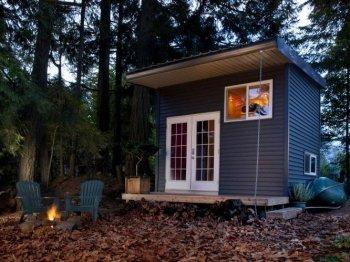

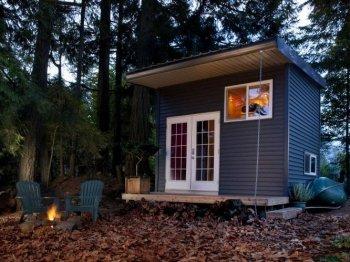
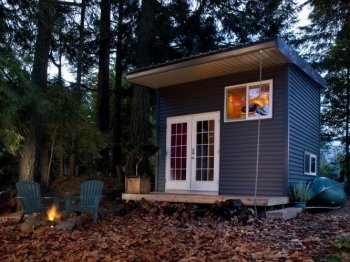




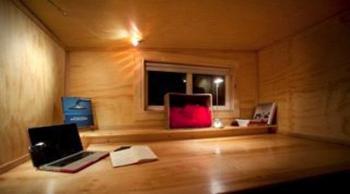
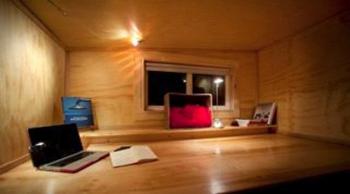




Friends Read Free